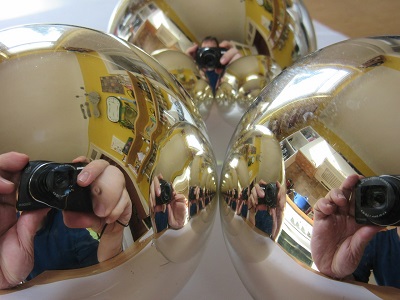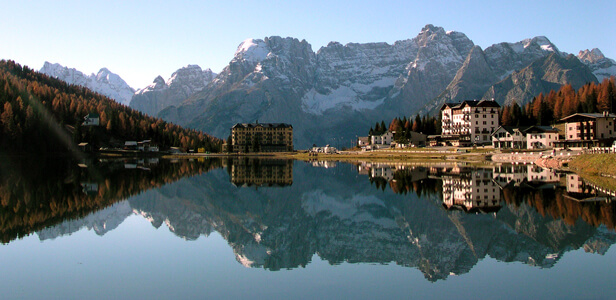This is a lesson summary. The full lesson can be viewed by purchasing an online course subscription.
Learning Objective
In this lesson we will learn how light reflects off flat and curved mirrors to produce different types of images.
Learning Outcomes
By the end of this lesson you will be able to:
- Describe plane, concave and convex mirrors.
- Describe the law of reflection.
- Explain how light reflects off plane, concave and convex mirrors.
- Predict the types of images produced by plane, concave and convex mirrors.

(Image: rkit, Pixabay)
Lesson Summary
- Mirrors allows regular reflection of light to produce clear images.
- Plane mirrors have a flat surface.
- Concave mirrors have a surface that curves inwards.
- Convex mirrors have a surface that curves outwards.
- The law of reflection states that the angle of incidence is equal to the angle of reflection.
- The angle of incidence is the angle between the incident ray and the normal.
- The angle of reflection is the angle between the reflected ray and the normal.
- When parallel light rays reflect off a plane mirror, they remain parallel.
- When parallel light rays reflect off a concave mirror they converge.
- When parallel light rays reflect off a convex mirror they diverge.
- Plane mirrors reflect images that are upright and equal-sized.
- Concave mirrors reflect images that are upright and enlarged when close, and inverted and diminished when far away.
- Convex mirrors reflect images that are upright and diminished.
- Curved mirrors have surfaces shaped like a section of a sphere.
- The centre of curvature is the centre of the sphere.
- The radius of curvature is the radius of the sphere.
- The pole is the centre of the surface of the mirror.
- The principal axis is a straight line passing through the centre of curvature and the pole.
- The focal point is the point on the principal axis where reflected light rays converge (for concave mirrors) or appear to diverge (for convex mirrors).
- The focal length is the distance between the focal point and the pole.
- The focal point lies halfway between the centre of curvature and the pole; therefore, the focal length is half the length of the radius of curvature.
- Consequently, a gently curved mirror (with a longer radius of curvature) will have a longer focal length than a strongly curved mirror (with a shorter radius of curvature).
- Ray diagrams can be used to predict the size and orientation of images reflected by mirrors.
- Rules for drawing ray diagrams for concave mirrors:
- Light rays that are parallel to the principal axis will pass through the focal point after reflection.
- Light rays that pass through the focal point will become parallel to the principal axis after reflection.
- Rules for drawing ray diagrams for convex mirrors:
- Light rays that are parallel to the principal axis will appear to come from the focal point after reflection.
- Light rays that are directed at the focal point will become parallel to the principal axis after reflection.
- A real image is an inverted image formed in front of a mirror by light rays that converge after reflection.
- A virtual image is an upright image formed behind a mirror by light rays that diverge after reflection.
| Characteristic | Plane Mirror | Concave Mirror | Convex Mirror |
| Surface | Flat | Curved inwards | Curved outwards |
| Parallel Rays | Remain parallel | Diverge | Converge |
| Focal Point | (None) | In front of mirror (real) | Behind mirror (virtual) |
| Image Formed | Upright, equal-sized, virtual | Varies with distance | Upright, diminished, virtual |

(Image: Giampaolo Trapasso, Wikimedia Commons)
